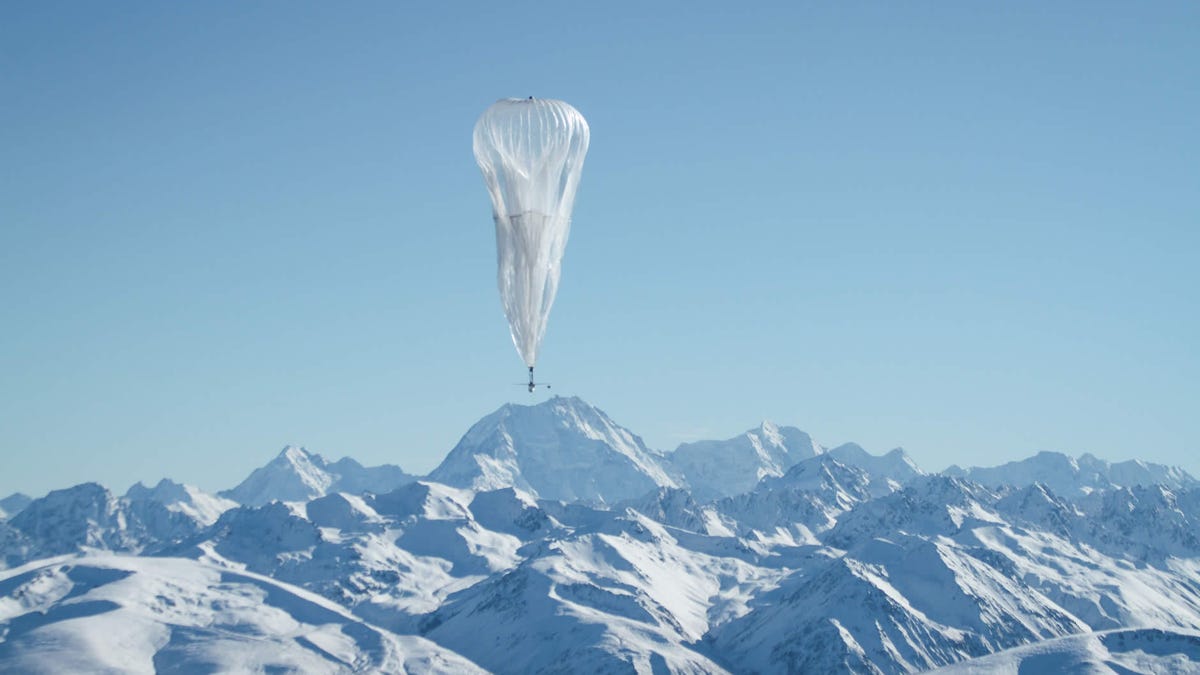This Loon internet balloon just spent seven months in the air
Balloon longevity is a thing

The P-496 circled the globe once and soared for 223 days.
A balloon that promises internet connectivity needs to prove it can stay in the sky. And that's what P-496 just did. Created by Loon, a unit of Google parent Alphabet, P-496 spent 223 days in the stratosphere, nearly a month longer than Loon's former flight record of 198 days.
The balloon was launched in Puerto Rico in Nov. 18, 2018, and traveled over 180,000 kilometers, according to a LinkedIn post by Loon on Tuesday. P-496 had circled the globe and spent 140 days testing flight algorithms off South America.
The larger goal is to establish balloon mesh networks, from which antennas transmit internet access to LTE phones on the ground. A balloon's equipment includes solar panels to charge its battery, a flight capsule containing electronics to guide it and a parachute to land it when the mission is done.
"Many factors go into balloon longevity, including the material used, the stress put on a balloon by repeatedly adding and subtracting air to the system, and conditions on the stratosphere," said Loon in an emailed statement. "We do limit the lifespan of many of our balloons to ensure the safe and secure operation of the overall fleet."
A little more than half the world's population lacks basic internet access, according to a 2017 UN Study. Loon's mission centers on providing internet access to rural and remote areas.
Loon announced previously it will launch internet balloons in remote parts of Kenya this year. And it's already working to break this 223-day flight record.
Correction, 12:08 p.m. PT: This story initially cited the wrong type of signal for the balloon transmissions. The service provides internet access to LTE phones.

